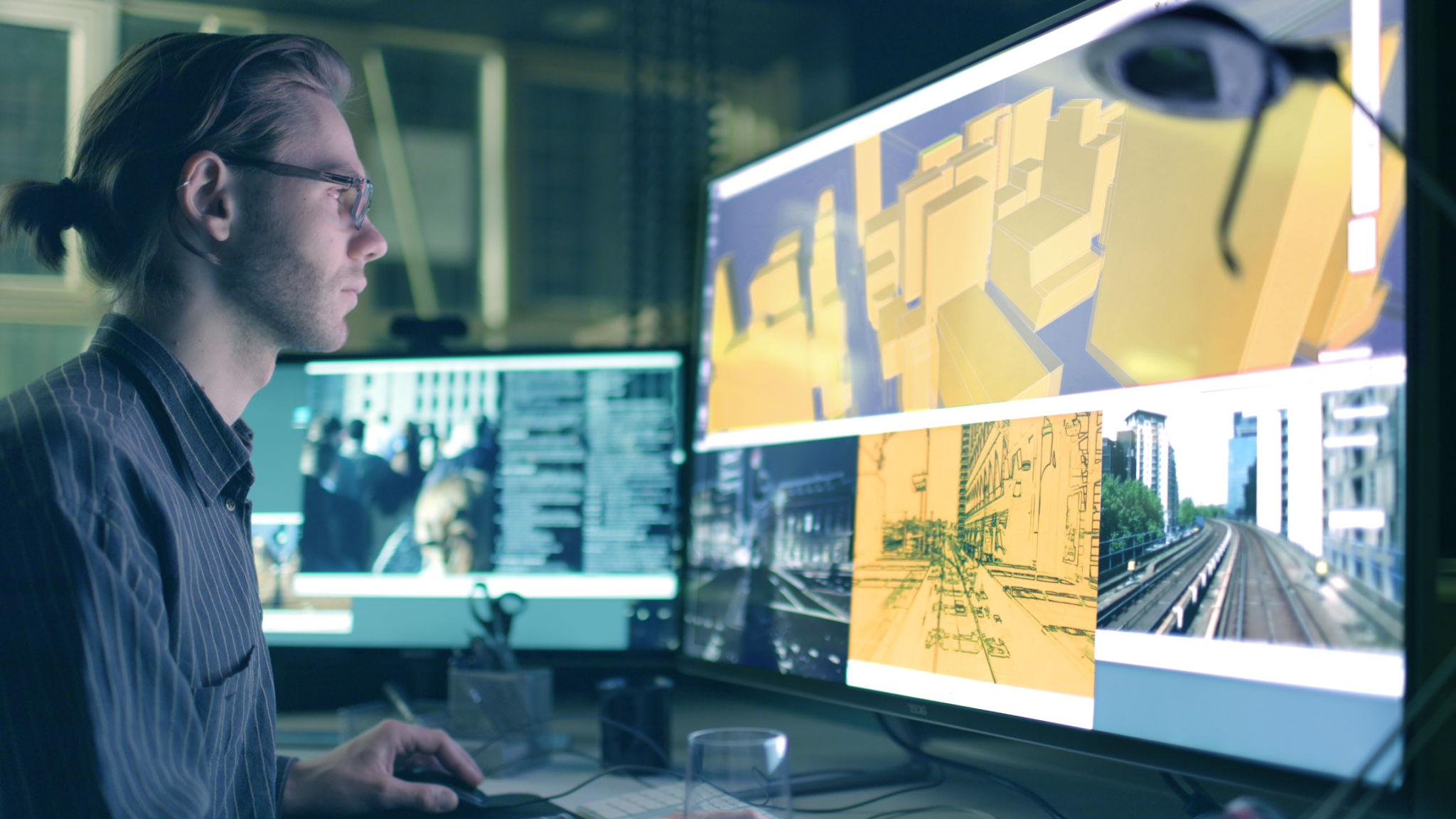Interactive Learning: Transforming Children's Reading Experience
Ho
The Evolution of Children's Reading
The way children learn to read has dramatically evolved over the years. From traditional storybooks to digital platforms, the tools available to young readers are more diverse and interactive than ever. This transformation is not only making reading more engaging but also more effective in nurturing literacy skills.
Interactive learning methodologies are at the forefront of this change. By incorporating elements like animations, sound effects, and interactive prompts, digital reading platforms are turning the reading process into an immersive experience. This shift is crucial in maintaining children's interest and encouraging a lifelong love for reading.

The Benefits of Interactive Learning
Interactive learning offers numerous benefits that traditional methods may lack. One of the primary advantages is the ability to cater to different learning styles. Some children are visual learners, while others may benefit more from auditory or kinesthetic interactions. Interactive platforms can incorporate all these elements, making learning more personalized.
Another significant benefit is the immediate feedback that interactive reading tools provide. When a child interacts with a story, they often receive instant responses to their actions. This feedback loop helps reinforce learning and ensures that children understand the material before moving on. It also encourages them to explore and experiment, enhancing their problem-solving skills.

Enhancing Engagement Through Technology
Technology plays a pivotal role in making reading more engaging for children. With the integration of gamified elements, children can earn rewards, unlock new levels, and even compete with peers. This gamification of reading not only increases motivation but also helps in building a sense of achievement.
Moreover, the use of multimedia elements such as videos, music, and sound effects can enrich the reading experience. These elements help create a multi-sensory environment that can captivate a child's attention and make stories come alive. By stimulating multiple senses, children are more likely to retain information and develop a deeper understanding of the content.

Parents and Educators: Key Partners
While interactive learning tools are powerful, the role of parents and educators remains vital. They are essential in guiding children through their reading journeys and ensuring that the technology complements traditional learning methods. By actively participating in the process, adults can help children make connections between stories and real-world experiences.
Parents and educators can also use interactive platforms to track progress and identify areas where children may need additional support. Many platforms offer analytics and reporting features that provide insights into a child's reading habits and comprehension levels. This data-driven approach allows for more targeted interventions and support.
The Future of Interactive Reading
As technology continues to advance, the future of interactive reading looks promising. Emerging technologies such as virtual reality (VR) and augmented reality (AR) hold the potential to take children's reading experiences to new heights. These technologies can create immersive environments that allow children to step inside their favorite stories and interact with characters in unprecedented ways.
The ongoing development of artificial intelligence (AI) also promises to further personalize reading experiences. AI can analyze a child’s reading patterns and preferences, offering tailored recommendations and adaptive learning pathways. This level of personalization will ensure that each child receives the support and challenges they need to thrive.

In conclusion, interactive learning is revolutionizing the way children engage with reading. By leveraging technology, we can create more dynamic and personalized reading experiences that foster a love for learning and improve literacy outcomes. As we continue to explore new possibilities, the future of children's reading appears brighter than ever.